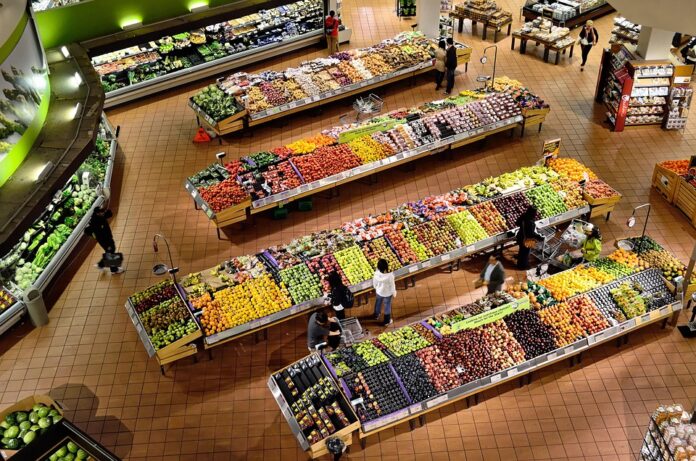Introduction
The rise of e-commerce has had a significant impact on traditional supermarkets as consumers increasingly turn to online shopping for their grocery needs. In this report, we will explore how traditional supermarkets are adapting to the digital age, the challenges they face, and the strategies they are implementing to stay competitive in the evolving retail landscape.
Challenges Faced by Traditional Supermarkets
Traditional supermarkets are facing a number of challenges as e-commerce continues to disrupt the retail industry. One of the main challenges is the shift in consumer behavior towards online shopping. According to Statista, online grocery sales in the United States reached $7.2 billion in 2020, a significant increase from the previous year.
Increased Competition
The rise of e-commerce has led to increased competition for traditional supermarkets from online retailers such as Amazon, Walmart, and Instacart. These online platforms offer convenience, competitive pricing, and a wide selection of products, making it challenging for traditional supermarkets to compete.
Changing Consumer Preferences
Consumers are increasingly looking for convenience and flexibility in their shopping experience, which has led to a shift towards online shopping. Traditional supermarkets need to adapt to these changing consumer preferences in order to remain relevant in the digital age.
Adapting to the Digital Age
In order to stay competitive in the digital age, traditional supermarkets are implementing a number of strategies to adapt to the changing retail landscape.
Online Grocery Delivery
Many traditional supermarkets are now offering online grocery delivery services to meet the growing demand for convenience. According to a report by IGD, online grocery sales are expected to reach $250 billion globally by 2025, highlighting the importance of this service for traditional supermarkets.
Click-and-Collect Services
In addition to online grocery delivery, traditional supermarkets are also offering click-and-collect services where customers can order their groceries online and pick them up at a designated location. This service provides customers with the convenience of online shopping while still allowing them to physically pick up their groceries.
Investing in Technology
Traditional supermarkets are investing in technology to enhance the shopping experience for customers. This includes implementing digital signage, self-checkout kiosks, and mobile apps to make shopping more convenient and efficient for customers.
Financial Impact
The shift towards e-commerce has had a financial impact on traditional supermarkets, with many retailers experiencing a decline in foot traffic and sales in their physical stores.
According to a report by Kantar, traditional supermarkets saw a 3.2% decline in sales in 2020, while online grocery sales increased by 54%. This highlights the growing importance of e-commerce for traditional supermarkets and the need to adapt to the changing retail landscape.
Conclusion
In conclusion, the impact of e-commerce on traditional supermarkets is significant, with retailers facing increased competition and changing consumer preferences. However, by adapting to the digital age and implementing strategies such as online grocery delivery and investing in technology, traditional supermarkets can stay competitive in the evolving retail landscape. It is crucial for supermarkets to embrace e-commerce and leverage digital tools to meet the needs of today’s consumers.




